
Jean Shrimpton with Radish, 1964
A son finds thirty-one trash bags in the basement of his father’s studio. Inside are photographs from the halcyon days of advertising in 1960s New York, a treasure trove of glamour: Jean Patchett, Sharon Tate, Dovima, Jean Shrimpton.
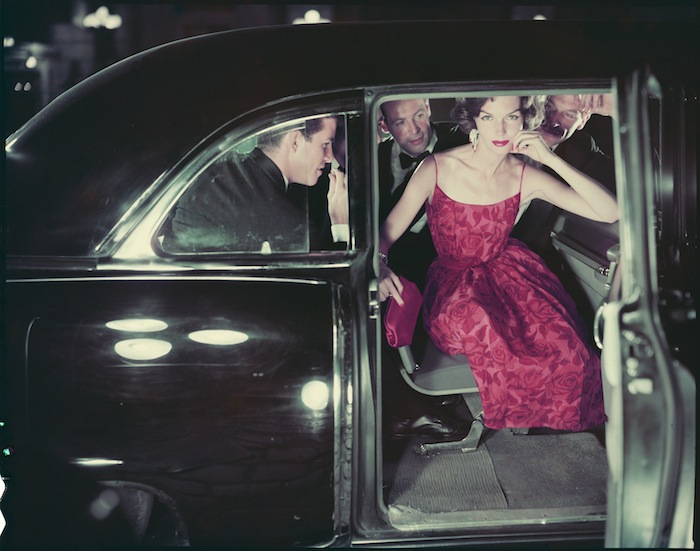
Joanna McCormick, 1951
These are photographs produced to endow products (hair conditioners, perfume, clothing) with the allure of martini-and-cigarette sophistication, photographs that exquisitely balance on the edge between Madison Avenue and Seventh Avenue, sex and commerce. They are the photographs of William Helburn, whose work has all but been forgotten.

“The Skirt’s the Thing,” Dovima and Jean Patchett, Madison Square, Harper’s Bazaar, 1958
Helburn was a contemporary of Richard Avedon and Irving Penn and he was, like them, mentored at the long table in Avedon’s studio by Alexy Brodovitch, the legendary art director for Harper’s Bazaar. But Helburn worked directly for the advertising agencies, such as Doyle Dane Burnbach, and spurned photo credits. “I was fairly invisible to the world. I was not invisible to the publications.”
He was gutsy enough to work for competitive accounts, Cadillac and Chrysler, Revlon and Max Factor, and found that what he lost in terms of name recognition he made up for in cash. “I didn’t think I was going to push Avedon or Penn out of the picture, so I figured I’d make more money.”
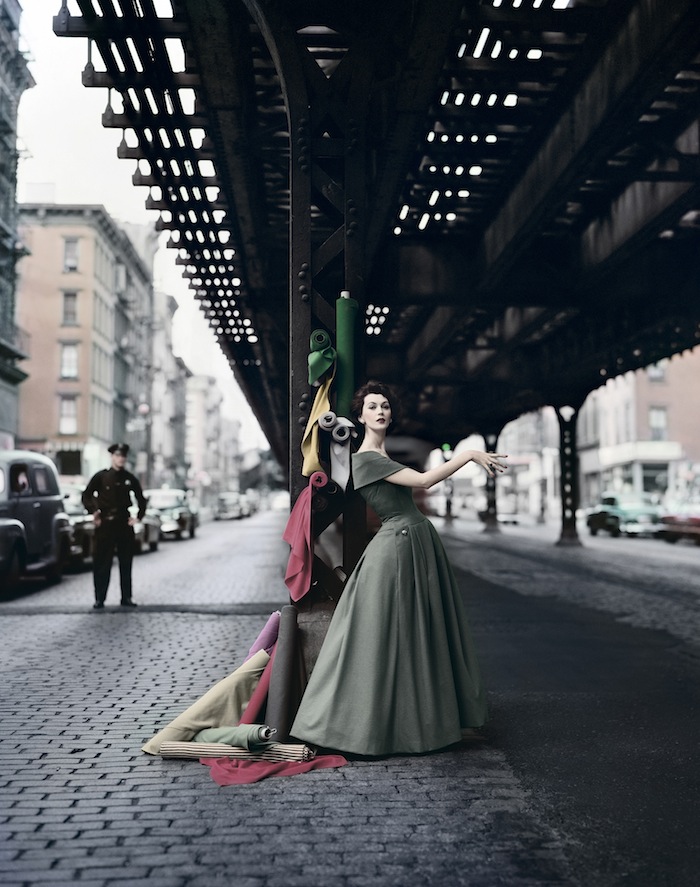
Dovima Under the El, “Dior Creates Cosmopolitan Drama,” 1956. For Douglas Simon
He was spectacularly successful and it earned him an apartment on Park Avenue, a Ferarri (which he raced), a Ford model for a wife (twice), nights at the Stork Club and Le Cirque, annual parties thrown to the cool, smooth sounds of jazz greats like Count Basie and Art Blakey, and the adoring gaze of countless models with whom he publicly had affairs with (Helburn impressively whisked Jean Shrimpton away from the British photographer David Bailey who, in return, bedded Helburn’s fiancée Angela Howard).
Helburn was respected in the industry as a consummate professional, consistently coming up with innovative ideas and the visual bravado that became known as Shock Value. Another master of shock value, George Lois, whose graphic panache punched the covers Esquire into the forefront of '60s design, described shock value as “you’ve got to see it one time, you’ve got to get it, and it’s got to grab you by the throat.”
Helburn’s work did grab you by the throat, but in an elegant way. One of his most effective visual tricks was to take his subjects out of the studio and into the streets.
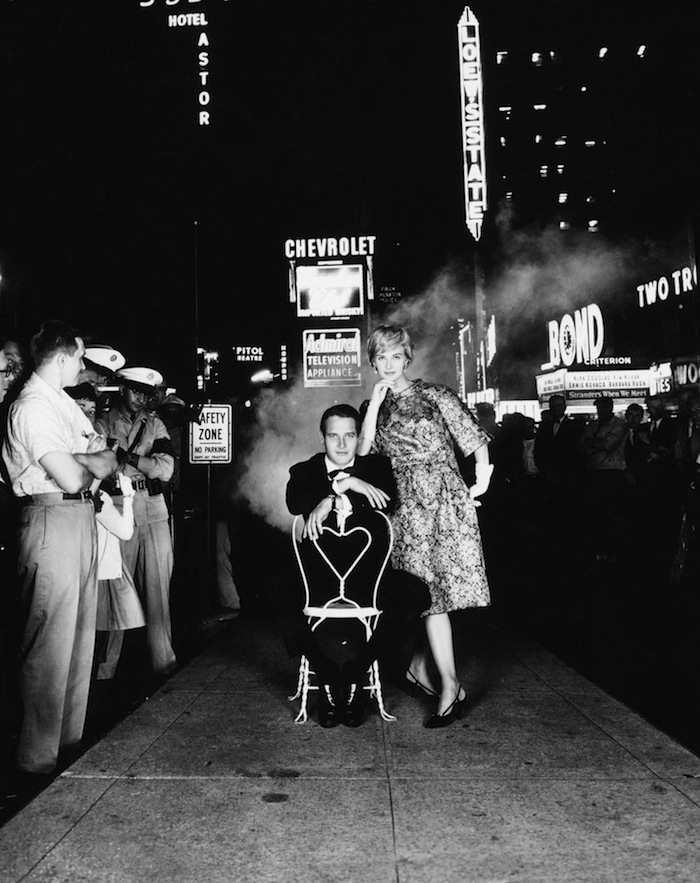
Paul Newman and Joanne Woodward, Times Square, Town & Country, ca. 1960
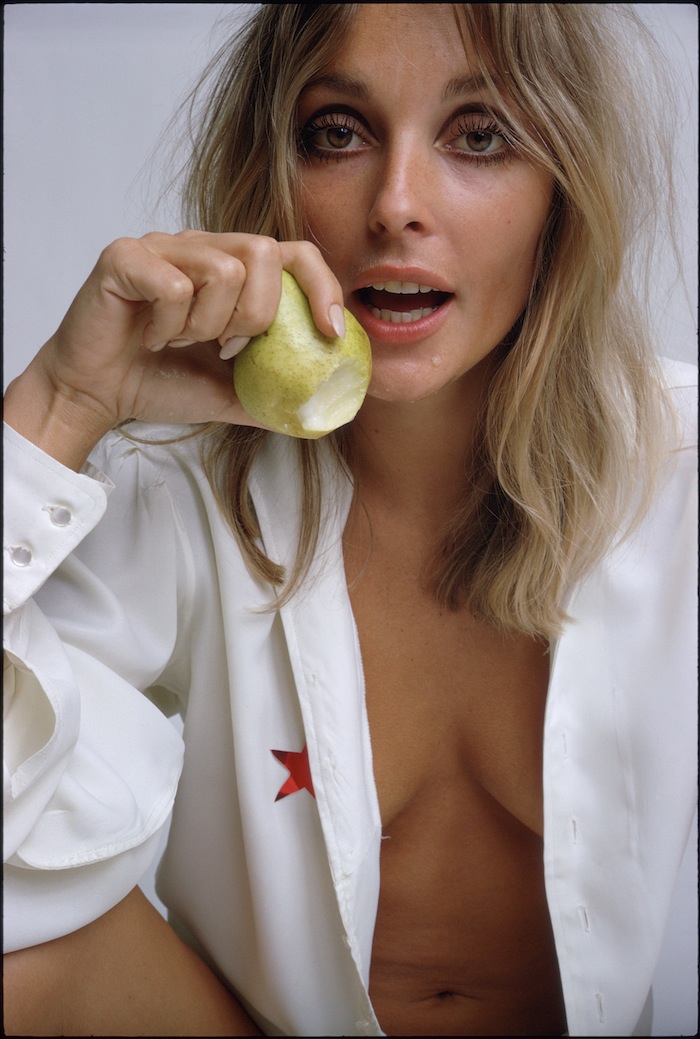
“A Beginner’s Guide to Mao Tse-Tung,” Sharon Tate, Esquire, 1967
Helburn, a Jewish kid, grew up in the shadow of lost wealth; his father, a stockbroker, lost his money in the Depression, and he lived with his mother in a one-bedroom apartment in New York. But he was always a charmer and a striver; while still at the Art Student’s League, a girlfriend took him to lunch with Jaqueline Bouvier, who would later marry John F. Kennedy.
In 1942 he joined the army and the 949 Engineer Aviation Topographic Company. There he learned the how to load cameras and make contact prints. With his fellow GI, and later business partner, Ted Croner, who was to become a well know photographer in his own right, Helburn printed the iconic photograph of the mushroom cloud over Hiroshima. Shock Value indeed.
He was part of the wave of postwar “ethnic” talent that broke the choke-hold that the WASP establishment had on advertising and magazine art direction: Jews such William Bernbach, Bill Taubin, and Henry Wolf, a Greek working class kid from the Bronx called George Lois and the Italian Jerry Della Femina.
Helburn’s photographic gift was to juxtapose high sophistication with a stylized urban setting. One look at Dovima under the El and now you know who took the picture. But he didn’t ossify: in the late 1960s and early '70s his work became more natural, direct, and overtly sexual. He moved with the times.
Helburn had a rakish reputation but his models seemed to trust him. You can see it in their eyes: playful and receptive but also wise to his ways.
“You’d walk into his studio and he’d put his arm around you or just pat you on the back. And bingo, your bra was undone. I never did figure out how he could do that,” recalls the model Sunny Griffin.
By comparison, Don Draper is a schlump.
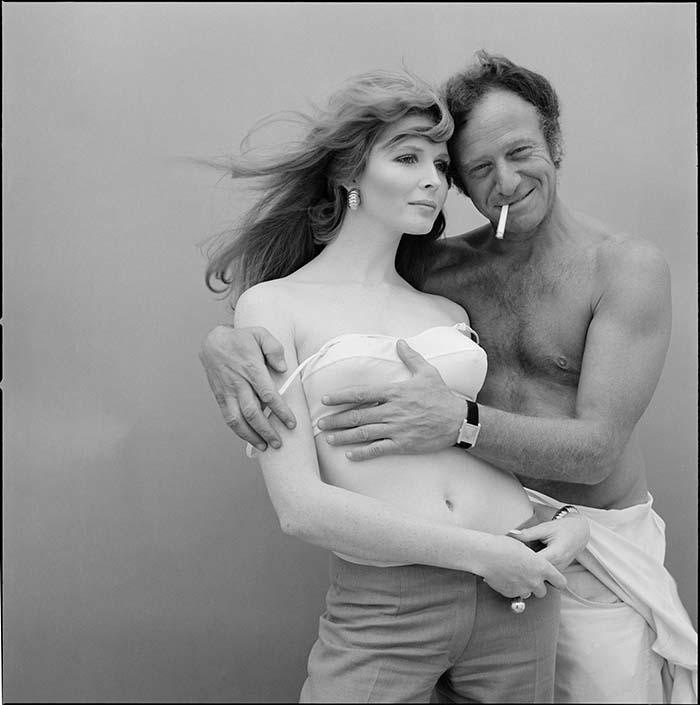
Josyane LeRoy with William Helburn, c. 1961
All images © 2014 William Helburn
Thanks to William Helburn and Thames & Hudson
William Helburn: Seventh and Madison, Mid-Century Fashion and Advertising Photography is published by Thames & Hudson
